Staff retention is a high priority for organizations these days, and an Employee Assistance Program (EAP) is an affordable and accessible way to provide the extra support today’s employees are seeking for their mental health and overall well-being. For every dollar an employer invests in an EAP, they receive an average eight dollars return on investment through lower healthcare costs, improved performance, increased retention, and lower absenteeism.
However, employers only reap these benefits if staff and family members know they have the benefit and utilize it. Increasing your organization’s EAP utilization is an investment that allows you to gain maximum value from the service you purchase and, more importantly, helps build a culture within your organization where employees feel valued and supported. Work cultures where employees feel well cared for attract and retain positive, productive, and loyal employees making the investment well worth the effort!
The following strategies have been proven to improve EAP utilization.
Promote Your EAP Regularly
While 93 percent of employers offer an EAP, only 54 percent of employees know of the benefit. Promoting your EAP regularly is one of the most important tools to increase utilization.
During onboarding. Give employees materials describing your EAP in formats they can share with family members. In addition to materials in your benefits packet, dedicate time during orientation to describe what your EAP is, who can use it, and how they can access it. Have employees download the app or go to the website on their mobile device during onboarding, so they know where to find the resources long after they have lost their printed benefit packet.
At regular intervals. Heighten awareness of your EAP throughout the year. Regularly promoting your EAP brings it back to top-of-mind and increases the likelihood they will remember it when they are feeling stressed, experiencing relationship issues, or struggling with parenting
An example: use a weekly update in October to remind employees of National Depression Awareness month, point them to a screener they can utilize if they are concerned about themselves or a loved one, and give them information about your EAP.
When something unexpected, disruptive, or potentially traumatic impacts employees or the workplace environment. Whether the incident impacts your entire organization or one employee, this is a critical time to remind employees of your EAP and how to access services. Examples of these types of events include:
- Workplace accidents
- Acts of violence at work, within the community, or nationally
- Natural disasters
- Impending layoffs
- An employee’s illness or death
Normalize EAP Usage
It is common for individuals to value self-reliance when addressing concerns. Thus, it is important for your organization to actively work to create a culture where seeking assistance is seen as healthy and natural.
Normalizing the need to care for one’s mental well-being and providing regular information about how to do this is one way you support the mental health of your employees and their family members. Additionally, fostering an environment where employee well-being is prioritized, demonstrates your organization values physical and mental well-being.
Awareness events. Host health fairs, etc. to provide opportunities for employees to learn more about issues they may be facing and how they can seek assistance in addressing these issues.
Well-being Initiatives. Host exercise classes, mindfulness training, healthy eating challenges, etc. to promote employee health and provide opportunities to highlight how employees can seek assistance if they are experiencing difficulties.
Showcase success stories. Tap current employees to provide testimonials about how they successfully faced mental or physical health issues and what EAP services helped them during that time.
Educate and Train All Levels of Leadership
Leaders often feel ill-equipped when employees share relational or mental health struggles. Regularly invest in training and equipping your leaders with good information about how to recognize someone who may be struggling with mental health issues, have conversations with individuals who are struggling, and what EAP resources are available to assist with those needs.
Organize instructional sessions around how to recognize when someone is struggling and how to have supportive conversations letting these individuals know you are concerned and want them to feel they can seek assistance.
Distribute resources about services available through your EAP and how to access EAP services. When these resources are readily available, it reminds supervisors of the resource and gives them something they can hand an employee or walk through with an employee.
Encourage leaders to regularly mention your EAP services during team meetings and one-on-one conversations with those they lead.
Jean Holthaus, LISW, LMSW is the director of the Pine Rest Employee Assistance Program.







